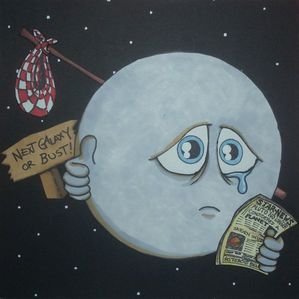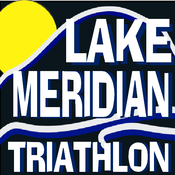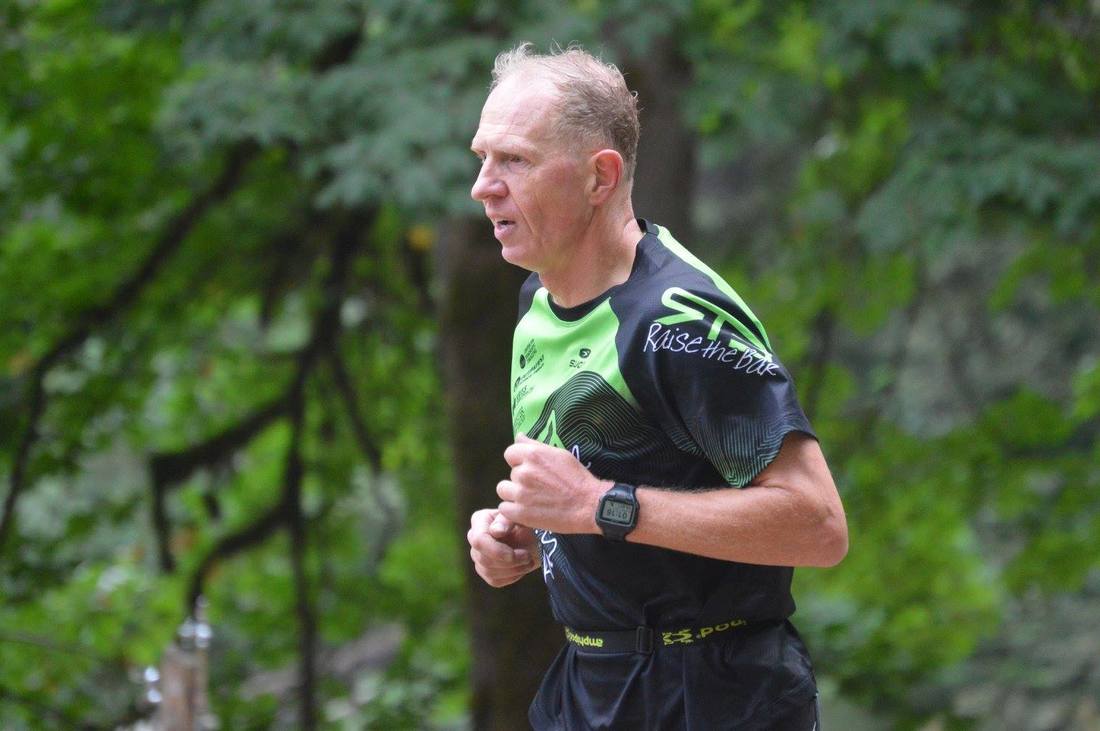 By Holly Pennington, PT, DPT/Outpatient Physical Therapy During the summer of 1986, a new dream was born in my eleven-year old mind: Space Camp. Thanks to the movie of the same name, I had a new fascination with all things outer space. Forget Princess Leia; I wanted to be Lea Thompson. I never made it to Houston, but every time we learned about the solar system in school, I was mesmerized. For the sixth-grade science fair, I made an impressively sized (and quite crumbly) papier-mache’ model of the moon. When we learned about the planets, I easily memorized all nine of them and their positions relative to the sun. There was something different about the solar system than most other subjects we studied in school: while there were plenty of facts to memorize, there was also a sense of mystery that no teacher, textbook or PBS movie could deny. Fast forward to 2006, when breaking news about Pluto dominated the media: the tiny ninth planet with the cute and catchy name was not a planet after all. Suddenly, eleven-year olds would have only eight planets to memorize. Textbooks would need to be rewritten and glow-in-the-dark ceiling stickers repackaged. What does Pluto’s demotion have to do with your IT band? When it comes to its role in lateral knee pain – that persistent pain on the outside of your knee that increases with activities like running - the IT band’s trajectory of understanding has been nearly as long as Pluto’s 248-year orbit around the sun, leaving more questions than answers. When I was in physical therapy school sixteen years ago, the prevailing wisdom about lateral knee pain was that it was caused by excessive outward movement of the kneecap. In turn, the IT band and its bursa became inflamed. The bursa was believed to be the source of the pain. A combination of taping and strengthening the medial portion of the quadricep muscle (called the VMO) was thought to correct the problem. Since then, anatomic researchers have questioned the presence of a bursae under the IT band - let alone its inflammation - and explored the possibility of a compressed fat pad as the source of lateral knee pain. Further, for many decades, medical professionals have believed the IT band slides back and forth with movement, creating friction on surrounding structures – whether it be a bursa or a fat pad – giving it the appropriate name, “IT Band Friction Syndrome.” New research challenges this IT band “fact,” suggesting that the IT band may appear to move rather than actually move, making friction impossible. Just like Pluto is still there even if it isn’t a planet, that pain on the outside of your knee persists even if there is no bursa, fat pad or friction. With so many unanswered questions, how do we proceed with treatment? One option is to focus on the bigger picture: the IT band’s relationship to nearby muscles. A thick and fibrous tendon, the IT band attaches to large gluteal muscles like the Tensor Fascia Latae (TFL) and gluteus maximus, two muscles that play significant roles in stabilizing the knee during any kind of movement, especially running and jumping. Dysfunction in the glutes – weakness, tightness and soft tissue restrictions – contribute to lateral knee pain because the fibers of these muscles blend with the fibers of the IT band. Identifying the specific gluteal muscles that do not function optimally – and why – could be the key to resolving lateral knee pain, rather than locating a specific pain-producing structure like a bursa or fat pad. The body is like the solar system – full of wonder, mystery and “facts” that may change over time. Sometimes, stepping back and looking at such complex systems as a whole, instead of parts, is the perspective we need. Just as we can wonder at all nine celestial bodies and their relationships to each other, whether we call them “planets” or not, we can make changes in the way our bodies move and feel, even if we are unsure about the underlying cause of the pain. Therapists at Outpatient Physical Therapy look at the big picture of your body and can help you restore your hip muscles to their optimal states, reducing knee (and back, hip or foot) pain. Contact one of the 7 Puget Sound locations for a free consult (no referral needed): www.outpatientpt.com.
0 Comments
Your comment will be posted after it is approved.
Leave a Reply. |
Raise the BarRace reports, upcoming events, news, and more, from RTB. Archives
September 2023
|

 RSS Feed
RSS Feed




